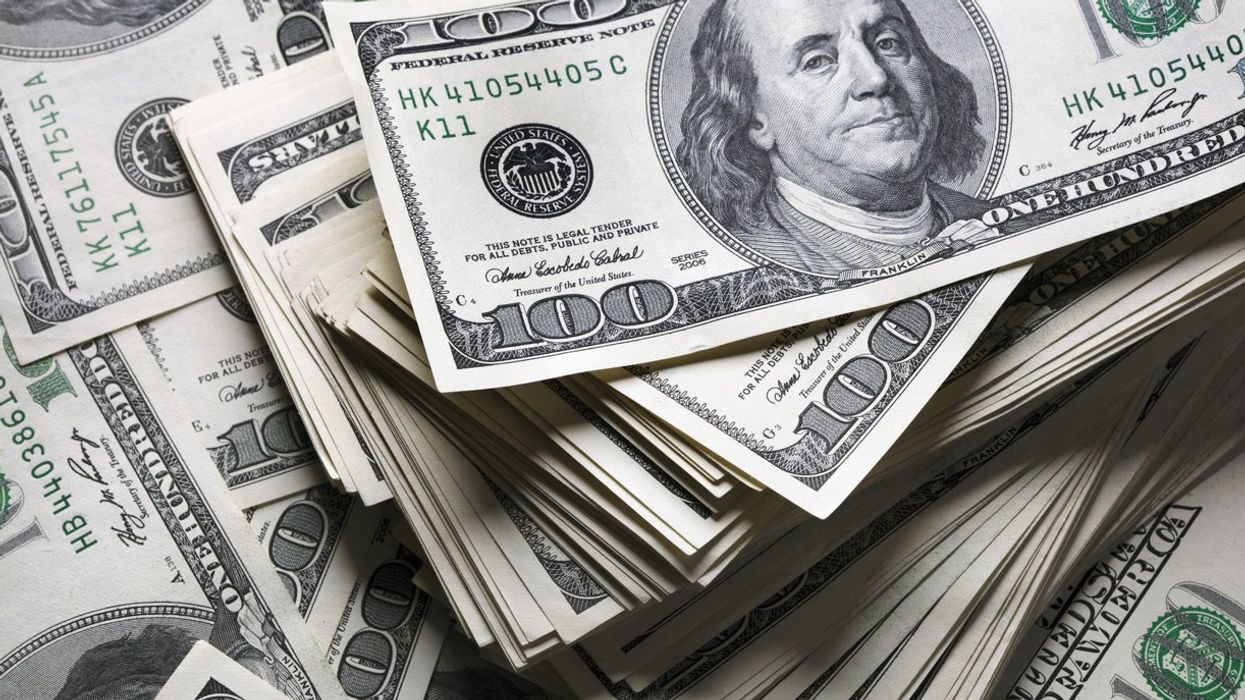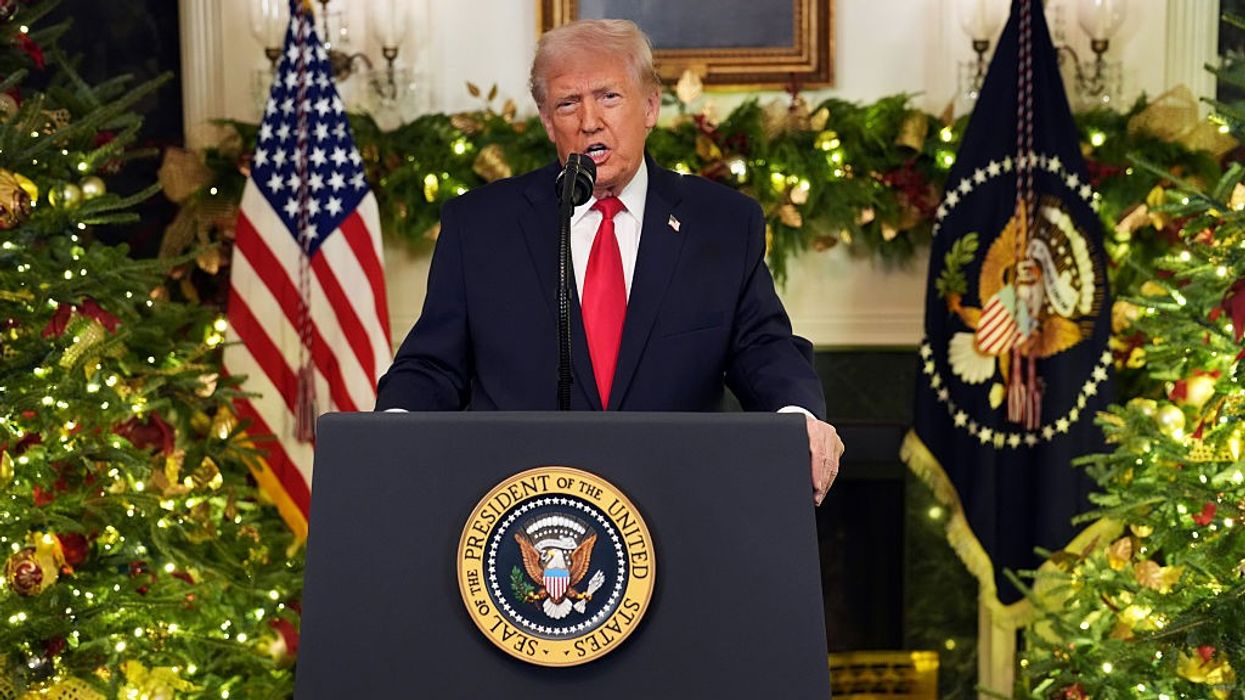The US dollar regained some composure on Monday, August 4, 2025, after being battered by a disappointing US jobs report and political tumult surrounding the Trump administration. Friday’s (1) losses for the greenback were triggered by much weaker-than-expected US jobs numbers and president Donald Trump’s abrupt firing of the Bureau of Labor Statistics (BLS) Commissioner, Erika McEntarfer, whom he accused of falsifying labor data.
The dollar, which plummeted more than 2 per cent against the yen and around 1.5 per cent versus the euro on Friday, managed to recover some of its ground. By Monday (4), the dollar edged up 0.3 per cent to 147.91 yen, down from Friday’s (1) highs but stabilizing as investors reassessed the outlook for US interest rates and policy independence.
Market reactions: Rate cut bets surge
The abrupt deterioration in the US labor market was underscored by a lower-than-expected July payrolls print and previous months’ figures being revised down by a significant 258,000 jobs.
According to FX strategists, the sharp revisions were especially damaging, casting doubt on the health of US economic growth and fueling expectations that the Federal Reserve will be compelled to cut interest rates as early as September.
Bond markets responded with the two-year US Treasury yield dropping to a three-month low of 3.659 per cent, reflecting traders’ rising conviction that monetary easing is imminent. In fact, markets are now pricing in nearly a 90 per cent chance of a Federal Reserve rate cut next month, with prospects for two or three quarter-point cuts by year-end.
Political drama adds to turmoil
The drama didn’t end with the jobs report. President Trump’s firing of BLS Commissioner McEntarfer and accusations relating to data manipulation jolted investor confidence and reignited concerns about political interference in key US institutions.
On top of that, the unexpected resignation of Federal Reserve Governor Adriana Kugler opened another seat for Trump to fill, giving him further sway over central bank policy as he pursues more aggressive rate cuts. Trump indicated he will announce both a replacement for the BLS and a new Fed pick within days, moves closely watched by financial markets for signs of further politicization.
International fallout: Tariffs weigh on Swiss Franc
The fallout wasn’t limited to the US. The Swiss franc, previously considered a haven, dropped more than 0.5 per cent against the US dollar after Trump imposed some of the steepest tariffs yet on Switzerland as part of his assertive trade reset. The euro also dipped 0.2 per cent to $1.1561, while the British pound was little changed at $1.3276. Switzerland’s government announced a special cabinet meeting to discuss next steps and signaled its willingness to negotiate tariff reductions with Washington to shield its economy from further blows.
Outlook: Uncertainty looms
Overall, the US dollar found its footing after Friday’s (1) rout but the overall outlook remains highly uncertain. Friday’s sharp moves erased much of the dollar’s 3.4 per cent July gain, its strongest monthly performance in two years; nonetheless, underlying volatility coupled with political and economic headwinds keep markets on edge. With Fed rate cuts looming and more personnel changes expected at major US economic agencies, markets are bracing for more turbulence in the weeks ahead.
In summary, while the dollar steadied after a tumultuous period marked by weak jobs data and White House interventions, the immediate future remains clouded by political maneuvering, rate cut expectations, and global trade tensions.
















